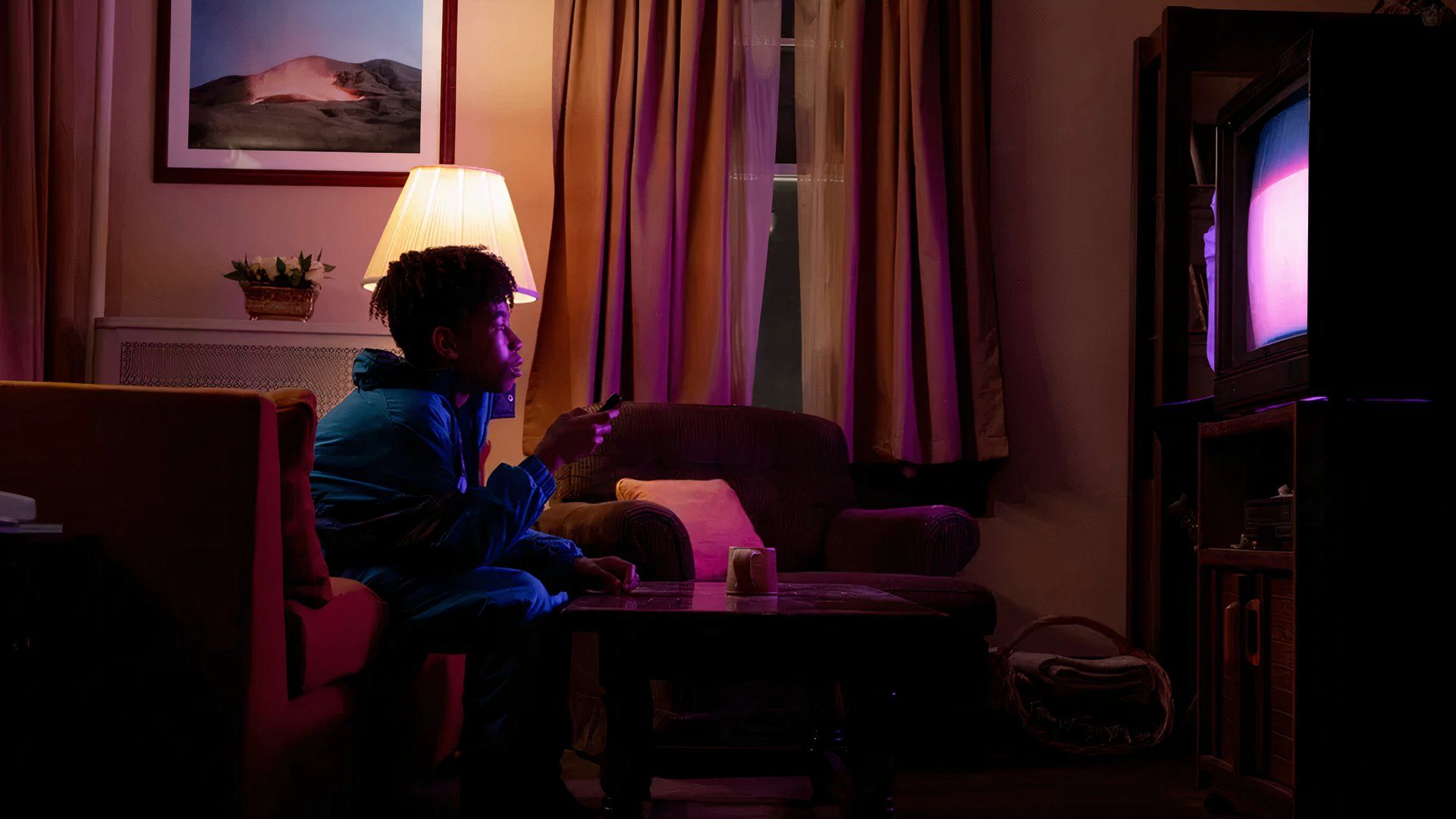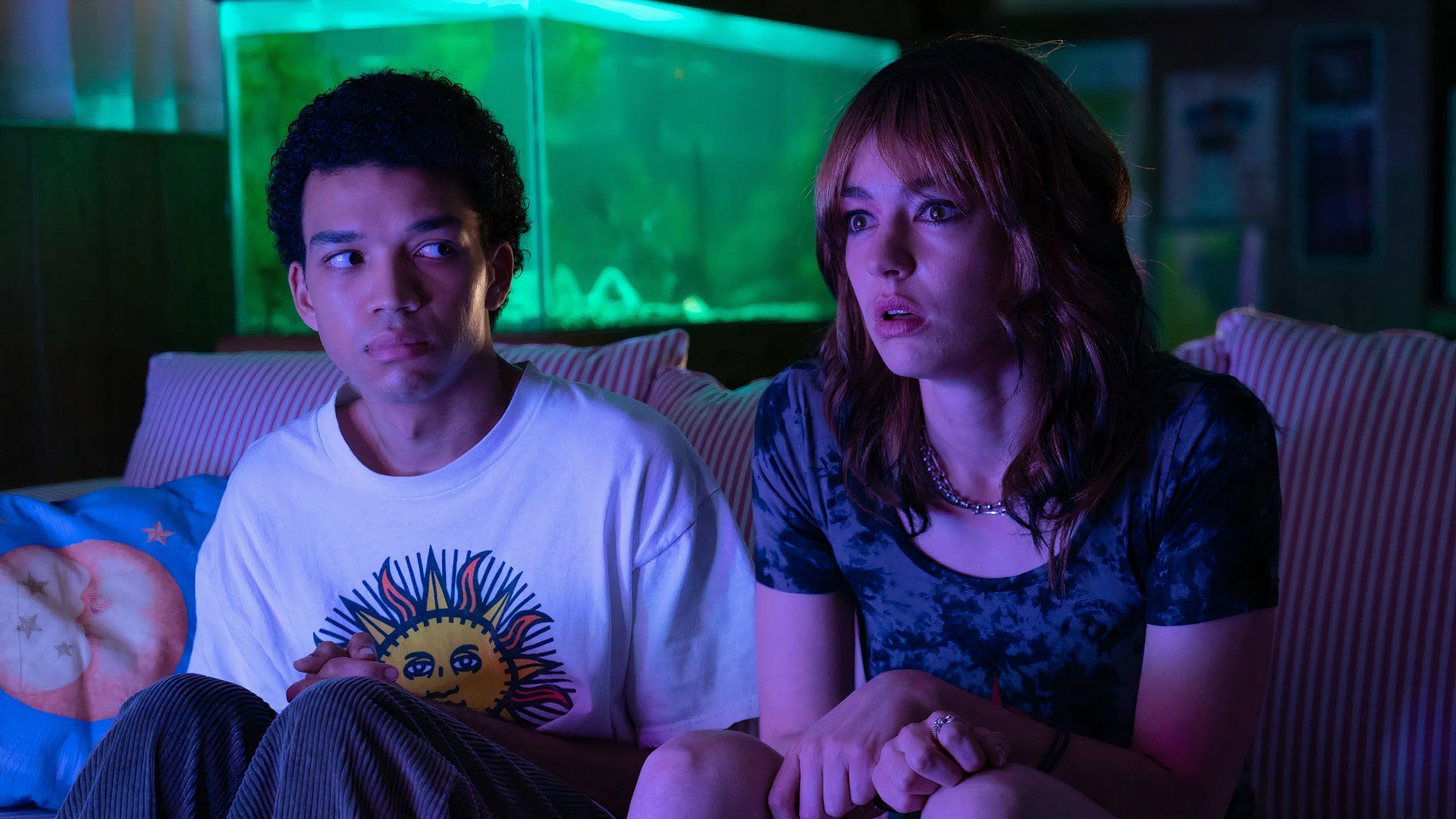Making its Max debut on September 20, 2024, Jane Schoenbrun’s I Saw the TV Glow continues to haunt a generation of millennials who spent their formative years in the pre-internet 1990s. The acclaimed psychological horror film concerns a pair of wayward souls who bond over their mutual love of a strange TV show that captured their imagination, holding it hostage for generations as they come of age, mature, and find meaning in their boring daily lives.
While not especially scary in a traditional horror movie sense, I Saw the TV Glow is an unsettling trip down memory lane that could very well trigger a generation of ’90s millennials who struggled with an abusive homelife, found it difficult to connect with others, battled loneliness and isolation, and found mutual meaning in quirky, off-beat media. With a dour, melancholic tone and sad despair, I Saw the TV Glow speaks to a subset of viewers growing up with an unhealthy obsession with TV characters and the psychological ramifications it bears decades later.
What Is I Saw the TV Glow About?
Written and directed by Jane Schoenbrun for A24, I Saw the TV Glow is an artsy psychological drama with supernatural overtones. The story begins in 1996 when pre-internet ennui led to adolescent boredom. Maddy Wilson (Brigette Lundy-Paine) is a lonely, unpopular ninth grader obsessed with the young adult TV show The Pink Opaque, a campy sci-fi series about two girls — Tara and Isabel — who use psychic powers to defeat evil.
Owen (Ian Foreman younger, Justice Smith older) is an awkward loner who expresses interest in watching The Pink Opaque to bond with Maddy. At home, Owen deals with his verbally abusive father, Frank (Fred Durst), who makes fun of him for watching a “show for girls.” Two years later, Owen devotes his time to catching up on more than 300 episodes of The Pink Opaque, bringing him closer to Maddy. When his mother dies, Owen is devastated. Maddy tells him about a way to escape past trauma, which she used to prevent her abusive stepmother from causing more harm.
Eight years after going missing, Maddy returns claiming she spent her time inside The Pink Opaque TV show, which was canceled after Season 5. Maddy implores Owen to watch the series finale, which depicts the two as Tara and Isabel trapped inside a “pocket universe” by a menacing moon-faced entity called Mr. Melancholy. Afterward, Owen’s reality becomes a trippy voyage into the phantasmagoric as fact and fiction blur.
I Saw The TV Glow Triggers PTSD for Millennials
At its core, I Saw the TV Glow is about the awkward adolescent growing pains of those who came of age in the 1990s. With a bleak and depressing tone, the movie is about the palpable aching and desperate longing for a true, meaningful connection, the ecstasy of escapism, and the power of falling in love with fictional characters. To escape their teen angst, alienation, isolation, loneliness, and paralytic boredom, Owen and Maddy fantasize about leaving their dreary daily life behind to become the heroes of their own story, while inside the TV.
At one pivotal point, Tara urges Owen to get buried alive and resurrect as a character inside The Pink Opaque, resulting in him ripping his chest apart to reveal the static glow of the TV inside his body. The movie transports those who grew up in the ’90s back to the painful point of adolescence, where the lack of online stimuli and a sense of community causes one’s imagination to run rampant. Between the emo-grunge music, baggy clothing, detailed period flourishes like a Fruitopia machine, and references to Estée Lauder, going back to the future can be traumatic for many.
Nowadays, it’s much easier to find a community of like-minded individuals. Back then, finding a sense of belonging and a safe space to express oneself freely was much harder. For those who grew up in abusive households or found themselves invisible to the outside world, I Saw the TV Glow hits a particularly painful nerve. Owen and Maddy find therapeutic solace in The Pink Opaque and use their transfixed imaginations to transmogrify their identities to accommodate how they see themselves. For a while it works, but in the end, Maddy’s disappearance leaves psychic scars Owen must live with forever.
I Saw the TV Glow as Transgender Allegory
It’s impossible to discuss I Saw the TV Glow without mentioning how it functions as a transgender allegory. Writer-director Jane Schoenbrun has openly addressed the movie’s subtext, writing in The New Yorker:
”
TV Glow
is about something I think a lot of trans people understand… The tension between the space that you exist within, which feels like home, and the simultaneous terror and liberation of understanding that that space might not be able to hold you in your true form. I think many people, even if they are sympathetic to narratives of biological-family estrangement, still want to believe in resolution or restorative reparative work. And I think this does a disservice to queer people who are not in control of whether that work can be done.”
Schoenbrun explains that Owen’s choice not to bury himself alive and transition into The Pink Opaque underscores the transgender metaphor, which grew out of their anxieties about living outside one’s true identity during their own personal transition. Of course, the beauty of I Saw the TV Glow is that it doesn’t just speak to trans millennials who grew up in a non-inclusive prejudicial environment, but also sees the existential ennui of angst-ridden outsiders of all stripes who had a hard time finding a community in the mid-’90s.
I Saw the TV Glow is available to stream on Max.
















